Jacques I. Mathematics for Economics and Business
Подождите немного. Документ загружается.

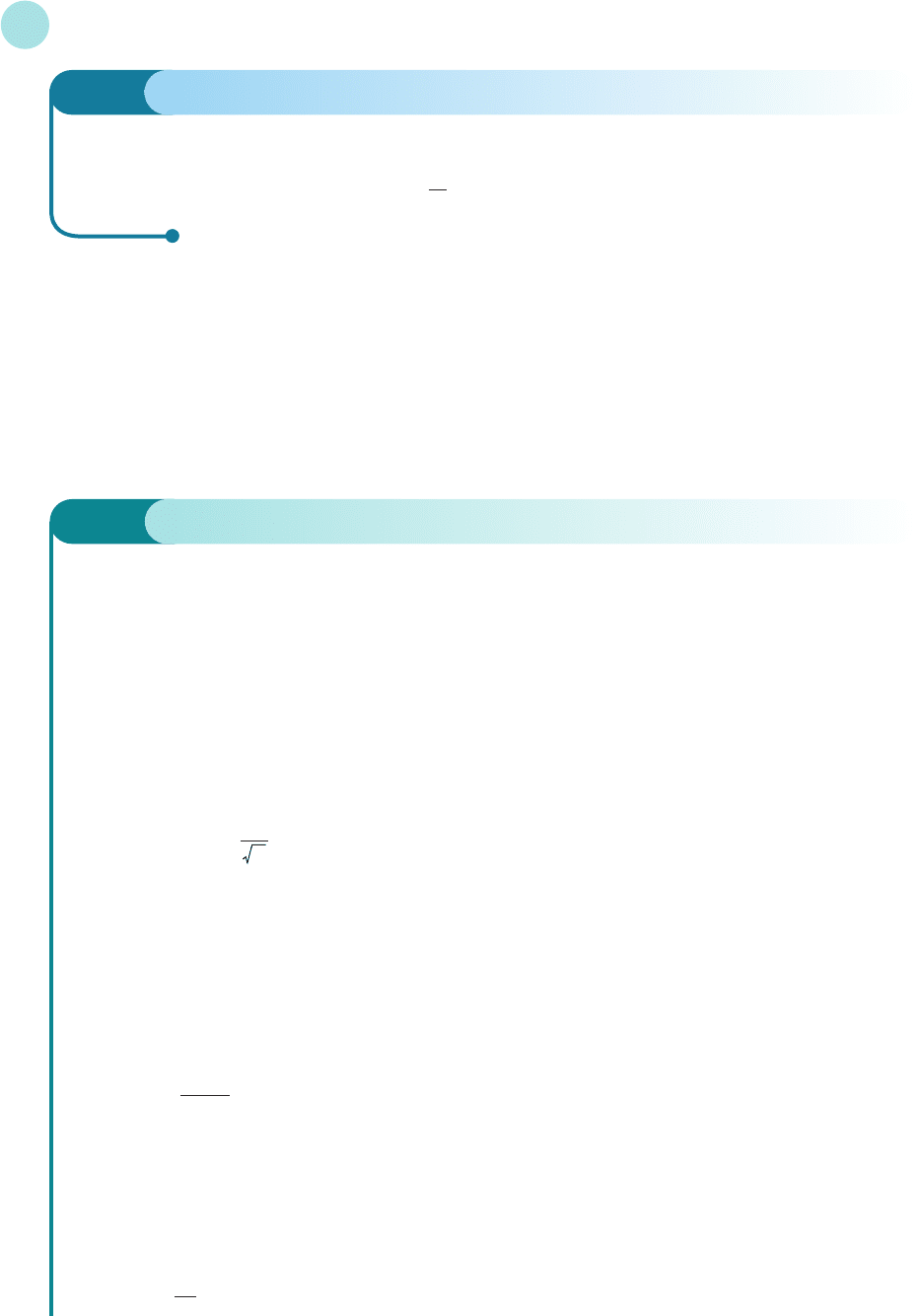
In Section 4.3 we described several applications of differentiation to economics. Starting
with any basic economic function, we can differentiate to obtain the corresponding marginal
function. Integration allows us to work backwards and to recover the original function from
any marginal function. For example, by integrating a marginal cost function the total cost func-
tion is found. Likewise, given a marginal revenue function, integration enables us to determine
the total revenue function, which in turn can be used to find the demand function. These ideas
are illustrated in the following example, which also shows how the constant of integration can
be given a specific numerical value in economic problems.
Integration
430
Practice Problem
3 Find the indefinite integrals
(a)
(2x − 4x
3
)dx (b)
10x
4
+ dx (c)
(7x
2
− 3x + 2)dx
D
F
5
x
2
A
C
Example
(a) A firm’s marginal cost function is
MC = Q
2
+ 2Q + 4
Find the total cost function if the fixed costs are 100.
(b) The marginal revenue function of a monopolistic producer is
MR = 10 − 4Q
Find the total revenue function and deduce the corresponding demand equation.
(c) Find an expression for the consumption function if the marginal propensity to consume is given by
MPC = 0.5 +
and consumption is 85 when income is 100.
Solution
(a) We need to find the total cost from the marginal cost function
MC = Q
2
+ 2Q + 4
Now
MC =
so
TC =
MCdQ
=
(Q
2
+ 2Q + 4)dQ
=+Q
2
+ 4Q + c
Q
3
3
d(TC)
dQ
0.1
Y
MFE_C06a.qxd 16/12/2005 11:22 Page 430

The fixed costs are given to be 100. These are independent of the number of goods produced and repre-
sent the costs incurred when the firm does not produce any goods whatsoever. Putting Q = 0 into the
TC function gives
TC =+0
2
+ 4(0) + c = c
The constant of integration is therefore equal to the fixed costs of production, so c = 100. Hence
TC =+Q
2
+ 4Q + 100
(b) We need to find the total revenue from the marginal revenue function
MR = 10 − 4Q
Now
MR =
so
TR =
MRdQ
=
(10 − 4Q)dQ
= 10 − 2Q
2
+ c
Unlike in part (a) of this example we have not been given any additional information to help us to pin
down the value of c. We do know, however, that when the firm produces no goods the revenue is zero,
so that TR = 0 when Q = 0. Putting this condition into
TR = 10Q − 2Q
2
+ c
gives
0 = 10(0) − 2(0)
2
+ c = c
The constant of integration is therefore equal to zero. Hence
TR = 10Q − 2Q
2
Finally, we can deduce the demand equation from this. To find an expression for total revenue from any
given demand equation we normally multiply by Q, because TR = PQ. This time we work backwards,
so we divide by Q to get
P == =10 − 2Q
so the demand equation is
P = 10 − 2Q
(c) We need to find consumption given that the marginal propensity to consume is
MPC = 0.5 +
Now
MPC =
dC
dY
0.1
Y
10Q − 2Q
2
Q
TR
Q
d(TR)
dQ
Q
3
3
0
3
3
6.1 • Indefinite integration
431
MFE_C06a.qxd 16/12/2005 11:22 Page 431
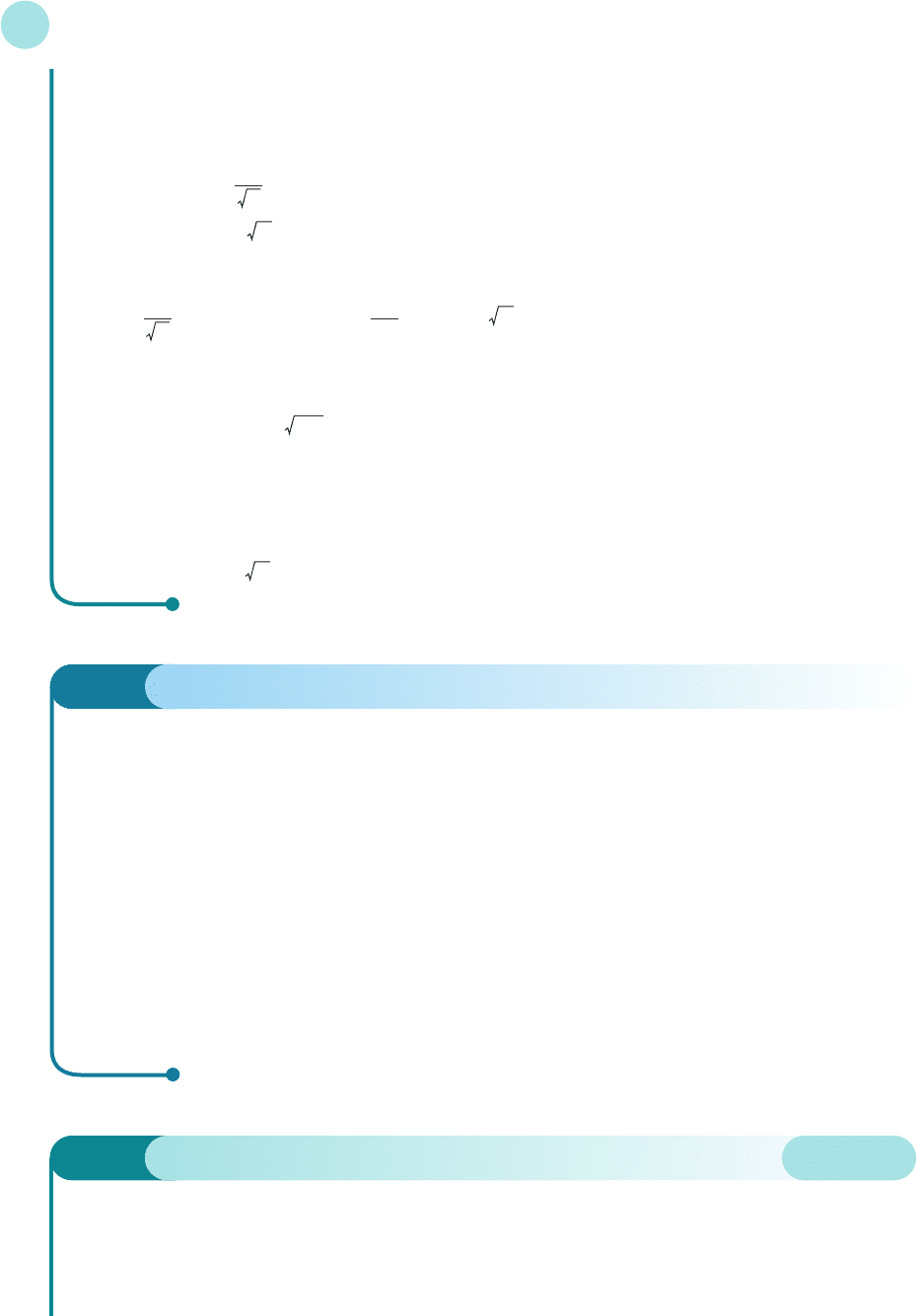
so
C =
MRCdY
=
0.5 + dY
= 0.5Y + 0.2 Y + c
where the second term is found from
dY = 0.1
Y
−1/ 2
dY = 0.1 Y
1/ 2
= 0.2 Y
The constant of integration can be calculated from the additional information that C = 85 when Y = 100.
Putting Y = 100 into the expression for C gives
85 = 0.5(100) + 0.2 100 + c = 52 + c
and so
c = 85 − 52 = 33
Hence
C = 0.5Y + 0.2 Y + 33
D
F
1
1/2
A
C
0.1
Y
D
F
0.1
Y
A
C
Integration
432
Practice Problem
4 (a) A firm’s marginal cost function is
MC = 2
Find an expression for the total cost function if the fixed costs are 500. Hence find the total cost
of producing 40 goods.
(b) The marginal revenue function of a monopolistic producer is
MR = 100 − 6Q
Find the total revenue function and deduce the corresponding demand equation.
(c) Find an expression for the savings function if the marginal propensity to save is given by
MPS = 0.4 − 0.1Y
−1/ 2
and savings are zero when income is 100.
Example
A firm’s marginal revenue and marginal cost functions are given by
MR = 500 − 0.5Q
2
and MC = 140 + 0.4Q
2
Given that total fixed costs are 1000, plot a graph of the profit function. Find the range of values of Q for
which the firm makes a profit and find its maximum value.
MAPLE
MFE_C06a.qxd 16/12/2005 11:22 Page 432

Solution
Let us begin by naming these two expressions as MR and MC by typing
>MR:=500-0.5*Q^2;
and
>MC:=140+0.4*Q^2;
Total revenue is the integral of marginal revenue and this is achieved by typing
>TR:=int(MR,Q);
which gives
TR:=500.Q-0.1666666667Q
3
Notice that Maple forgets to include the constant of integration! As it happens, the constant of integration
is zero in this case because TR = 0 when Q = 0. However, when we integrate MC we need to add on the fixed
costs of 1000. We type
>TC:=int(MC,Q)+1000;
which gives
TC:=140.Q+0.1333333333Q
2
+1000
Profit is then found by subtracting TC from TR so we type:
>profit:=TR-TC;
which gives
profit:=360.Q-.3000000000Q
3
–1000
In order to sketch a graph of the profit function we need to specify the range of values of Q. Now total rev-
enue is defined as PQ, so the demand equation can be found by dividing TR by Q to get
P = 500 − Q
2
This equation is valid only when P ≥ 0, i.e. when
500 − Q
2
≥ 0
This will be so provided
Q
2
≤ 500 × 6 = 3000
so we require Q ≤ 3000 = 54.8.
If we now choose to sketch the graph between 0 and 50, we type
>plot(profit,Q=0..50);
which produces the diagram shown in Figure 6.1 (overleaf).
The firm makes a profit when the graph lies above the horizontal axis. Figure 6.1 shows that this happens
between Q = 3 and Q = 33 approximately. The diagram also shows that the maximum profit is roughly
$4000, which occurs when Q = 20.
If more precise values are required then these can easily be obtained by typing
>solve(profit=0,Q);
1
6
1
6
6.1 • Indefinite integration
433
MFE_C06a.qxd 16/12/2005 11:22 Page 433
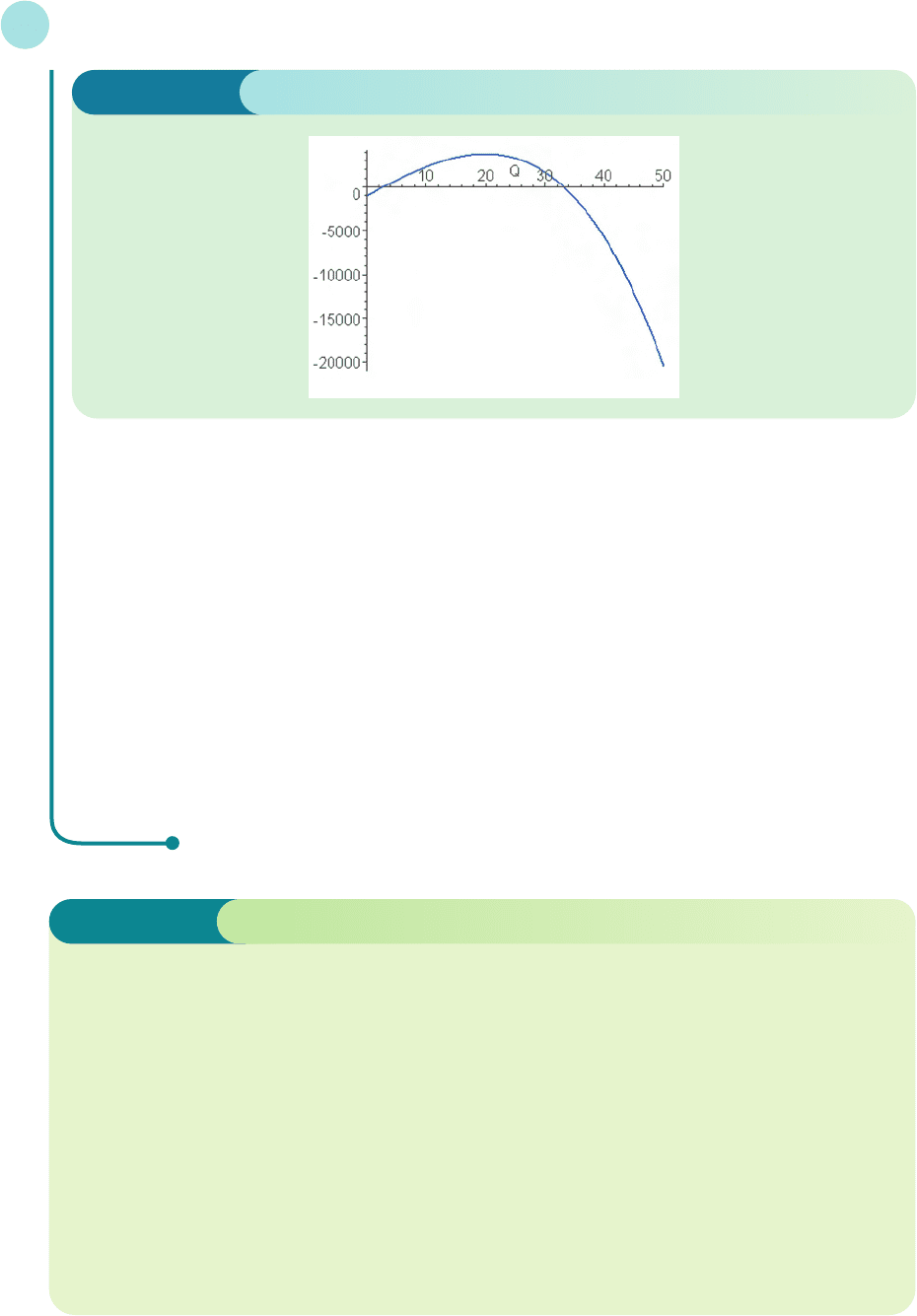
which gives
–35.95428113, 2.795992680, 33.15828845
Only the positive solutions are relevant, so we deduce that the firm makes a profit provided 2.8 ≤ Q ≤ 33.2.
Maximum profit is achieved when MR = MC, so we type
solve(MR=MC,Q);
which gives
20., –20.
Again, the negative solution can be disregarded. The profit itself is found by substituting Q = 20 into the
profit function
>subs(Q=20,profit);
which gives $3800.
Integration
434
Anti-derivative A function whose derivative is a given function.
Constant of integration The arbitrary constant that appears in an expression when finding
an indefinite integral.
Definite integration The process of finding the area under a graph by subtracting the
values obtained when the limits are substituted into the anti-derivative.
Indefinite integration The process of obtaining an anti-derivative.
Integral The number ∫
b
a
f(x)dx (definite integral) or the function ∫f (x)dx (indefinite
integral).
Integration The generic name for the evaluation of definite or indefinite integrals.
Inverse The operation that reverses the effect of a given operation and takes you back to
the original. For example, the inverse of halving is doubling.
Primitive An alternative word for an anti-derivative.
Key Terms
Figure 6.1
MFE_C06a.qxd 16/12/2005 11:22 Page 434
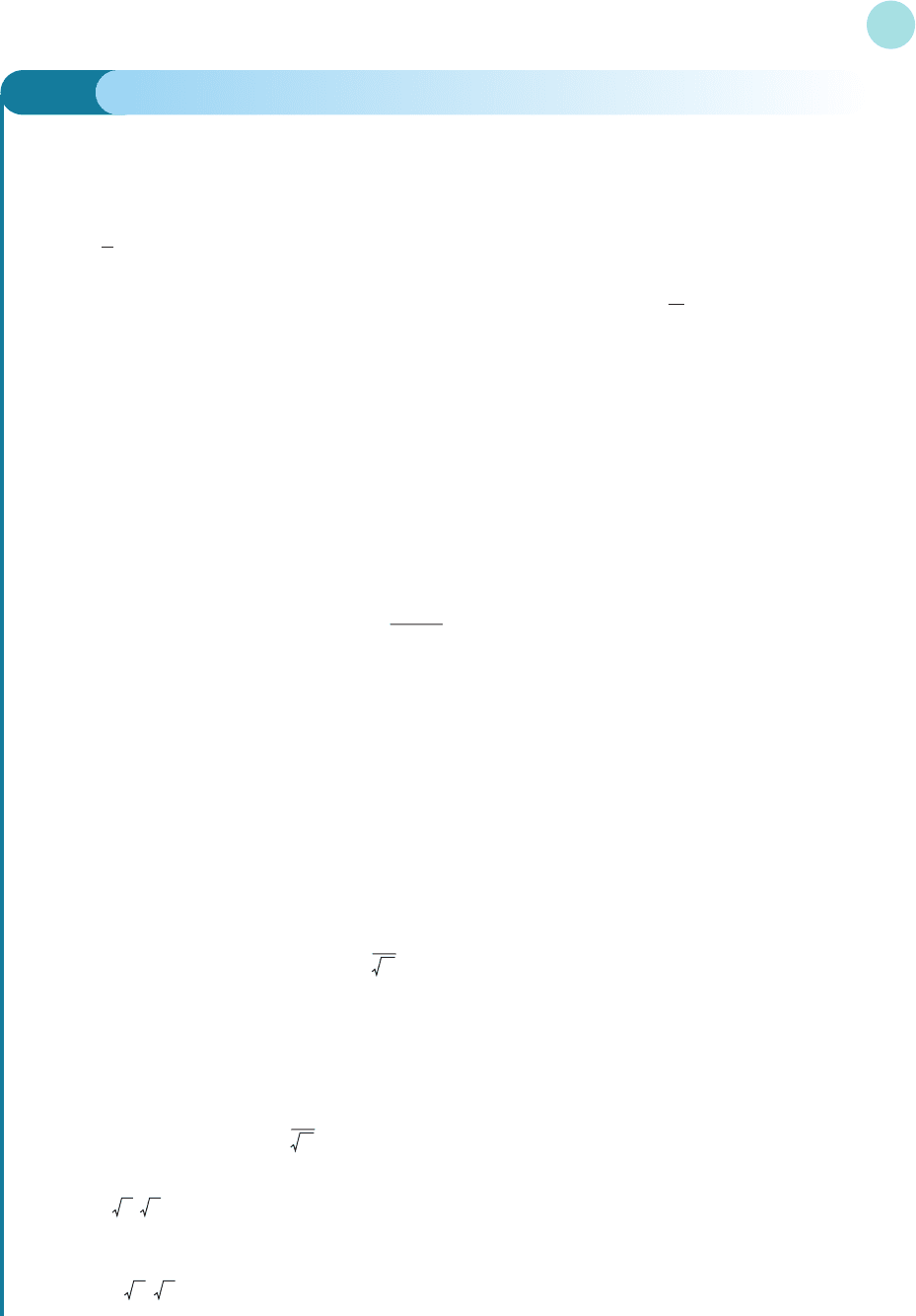
6.1 • Indefinite integration
435
Practice Problems
5 Find
(a)
6x
5
dx (b)
x
4
dx (c)
10e
10x
dx
(d)
dx (e)
x
3/2
dx (f)
(2x
3
− 6x)dx
(g)
(x
2
− 8x + 3)dx (h)
(ax + b)dx (i)
7x
3
+ 4e
−2x
− dx
6 (1) Differentiate
F(x) = (2x + 1)
5
Hence find
(2x + 1)
4
dx
(2) Use the approach suggested in part (1) to find
(a)
(3x − 2)
7
dx (b)
(2 − 4x)
9
dx
(c)
(ax + b)
n
dx (n ≠−1) (d)
dx
7 (a) Find the total cost if the marginal cost is
MC = Q + 5
and fixed costs are 20.
(b) Find the total cost if the marginal cost is
MC = 3e
0.5Q
and fixed costs are 10.
8 Find the total revenue and demand functions corresponding to each of the following marginal
revenue functions:
(a)
MR = 20 − 2Q (b) MR =
9 Find the consumption function if the marginal propensity to consume is 0.6 and consumption is 10
when income is 5. Deduce the corresponding savings function.
10 Find the short-run production functions corresponding to each of the following marginal product of
labour functions:
(a) 1000 − 3L
2
(b) − 0.01
11 (a) Show that
x( x + x
2
) = x + x
5/2
Hence find
x ( x + x
2
)dx
6
L
6
Q
1
7x + 3
D
F
3
x
2
A
C
1
x
MFE_C06a.qxd 16/12/2005 11:22 Page 435
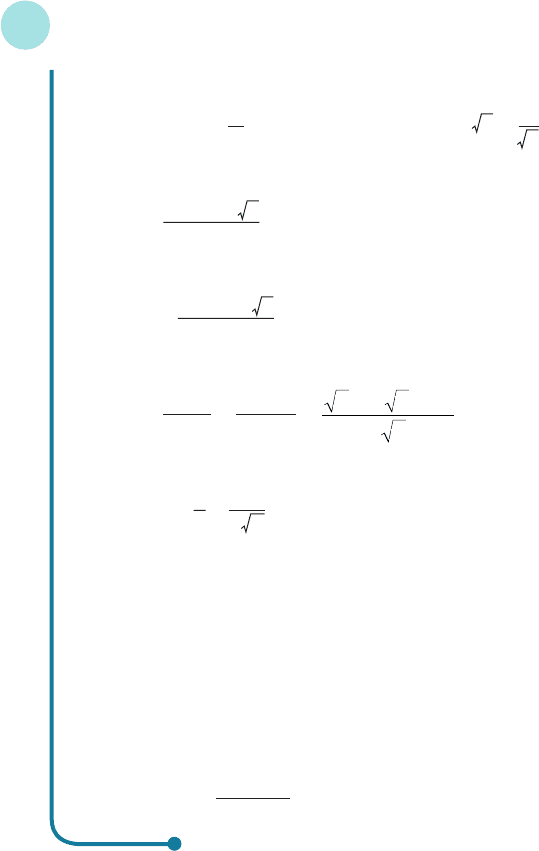
(b) Use the approach suggested in part (a) to integrate each of the following functions:
x
4
x
6
+ ,e
2x
(e
3x
+ e
−x
+ 3), x
3/2
x −
12 (a) Show that
= x
3
− x + x
−1/ 2
Hence find
dx
(b) Use the approach suggested in part (a) to integrate each of the following functions:
,,
13 (Maple) If the marginal propensity to consume is given by
MPC =+
and C = 19/3 when Y = 4, find an expression for the consumption function. Plot both the consump-
tion function and the line C = Y on the same diagram. Use your graph to show that consumption
exceeds income for all values of Y in the range 0 < Y < k for some number k which should be stated.
14 (Maple)
(a) Find an expression for a firm’s short-run production function given that
MP
L
= 10e
−0.02L
(50 − L)
(b) Find an expression for the total revenue function given that
MR =
100Q
1 + 50Q
2
1
2 Y
1
3
xxxx
xx
−+
2
e
x
− e
−x
e
2x
x
2
− x
x
3
x
4
− x
2
+ x
x
x
4
− x
2
+ x
x
D
F
1
x
A
C
D
F
1
x
2
A
C
Integration
436
MFE_C06a.qxd 16/12/2005 11:22 Page 436

section 6.2
Definite integration
One rather tedious task that you may remember from school is that of finding areas. Sketched
in Figure 6.2 (overleaf) is a region bounded by the curve y = x
2
, the lines x = 1, x = 2, and the
x axis. At school you may well have been asked to find the area of this region by ‘counting’
squares on graph paper. A much quicker and more accurate way of calculating this area is to
use integration. We begin by integrating the function
f(x) = x
2
to get
F(x) = x
3
In our case we want to find the area under the curve between x = 1 and x = 2, so we evaluate
F(1) = (1)
3
=
F(2) = (2)
3
=
8
3
1
3
1
3
1
3
1
3
Objectives
At the end of this section you should be able to:
Recognize the notation for definite integration.
Evaluate definite integrals in simple cases.
Calculate the consumer’s surplus.
Calculate the producer’s surplus.
Calculate the capital stock formation.
Calculate the present value of a continuous revenue stream.
MFE_C06b.qxd 16/12/2005 11:21 Page 437

Finally, we subtract F(1) from F(2) to get
F(2) − F(1) =−=
This number is the exact value of the area of the region sketched in Figure 6.2. Given the con-
nection with integration, we write this area as
2
1
x
2
dx
In general, the definite integral
b
a
f(x)dx
denotes the area under the graph of f(x) between x = a and x = b as shown in Figure 6.3. The
numbers a and b are called the limits of integration, and it is assumed throughout this section
that a < b and that f(x) ≥ 0 as indicated in Figure 6.3.
The technique of evaluating definite integrals is as follows. A function F(x) is found which
differentiates to f(x). Methods of obtaining F(x) have already been described in Section 6.1.
The new function, F(x), is then evaluated at the limits x = a and x = b to get F(a) and F(b).
Finally, the second number is subtracted from the first to get the answer
F(b) − F(a)
In symbols,
b
a
f(x)dx = F(b) − F(a)
7
3
1
3
8
3
Integration
438
Figure 6.2
MFE_C06b.qxd 16/12/2005 11:21 Page 438
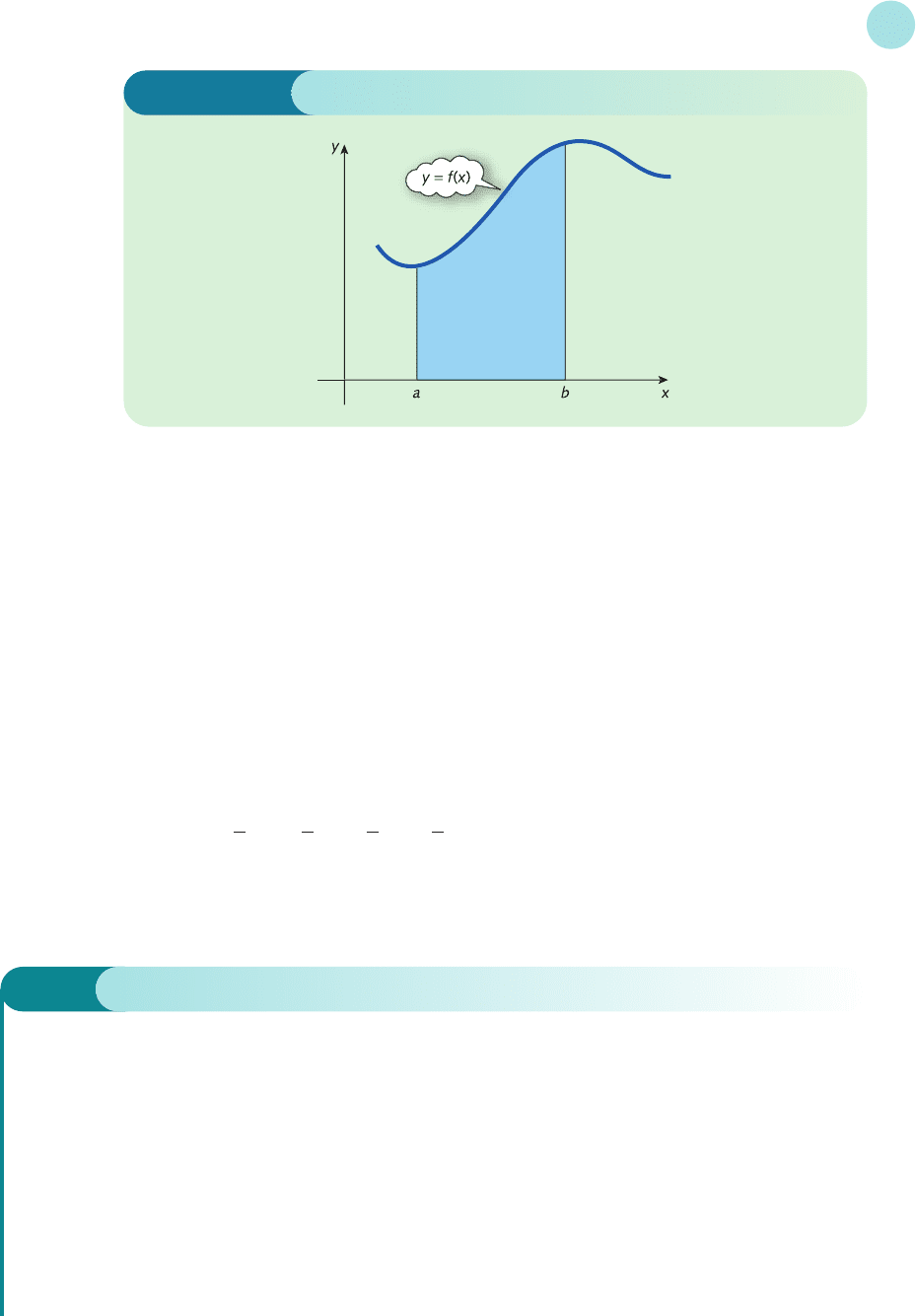
The process of evaluating a function at two distinct values of x and subtracting one from the
other occurs sufficiently frequently in mathematics to warrant a special notation. We write
[F(x)]
b
a
as an abbreviation for F(b) − F(a), so that definite integrals are evaluated as
b
a
f(x)dx = [F(x)]
b
a
= F(b) − F(a)
where F(x) is the indefinite integral of f(x). Using this notation, the evaluation of
2
1
x
2
dx
would be written as
2
1
x
2
dx = x
3
2
1
= (2)
3
− (1)
3
=
Note that it is not necessary to include the constant of integration, because it cancels out when
we subtract F(a) from F(b).
7
3
1
3
1
3
J
L
1
3
G
I
6.2 • Definite integration
439
Figure 6.3
Example
Evaluate the definite integrals
(a)
6
2
3dx (b)
2
0
(x + 1)dx
Solution
(a)
6
2
3dx = [3x]
6
2
= 3(6) − 3(2) = 12
This value can be confirmed graphically. Figure 6.4 (overleaf) shows the region under the graph of
y = 3 between x = 2 and x = 6. This is a rectangle, so its area can be found from the formula
area = base × height
MFE_C06b.qxd 16/12/2005 11:21 Page 439
